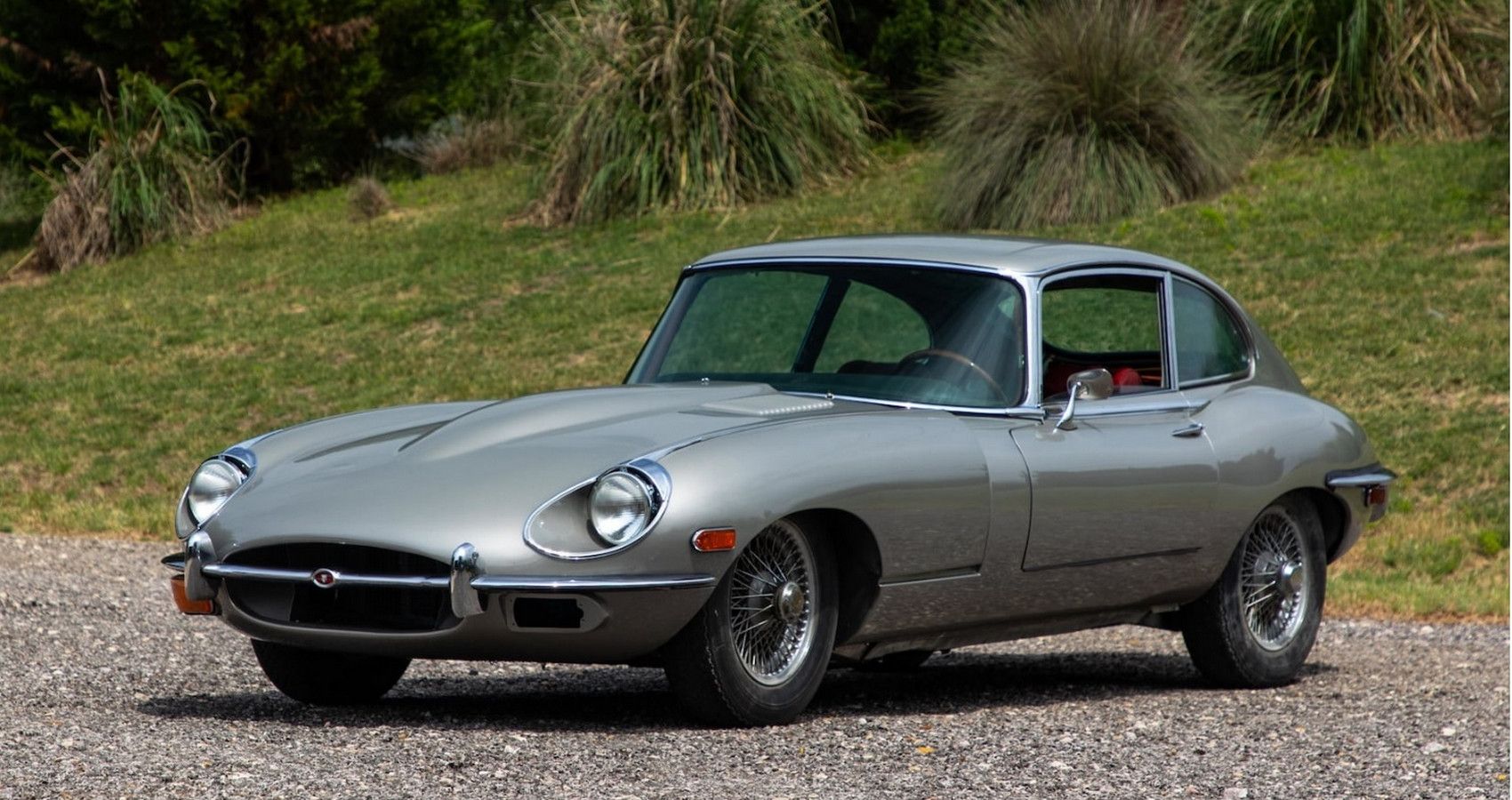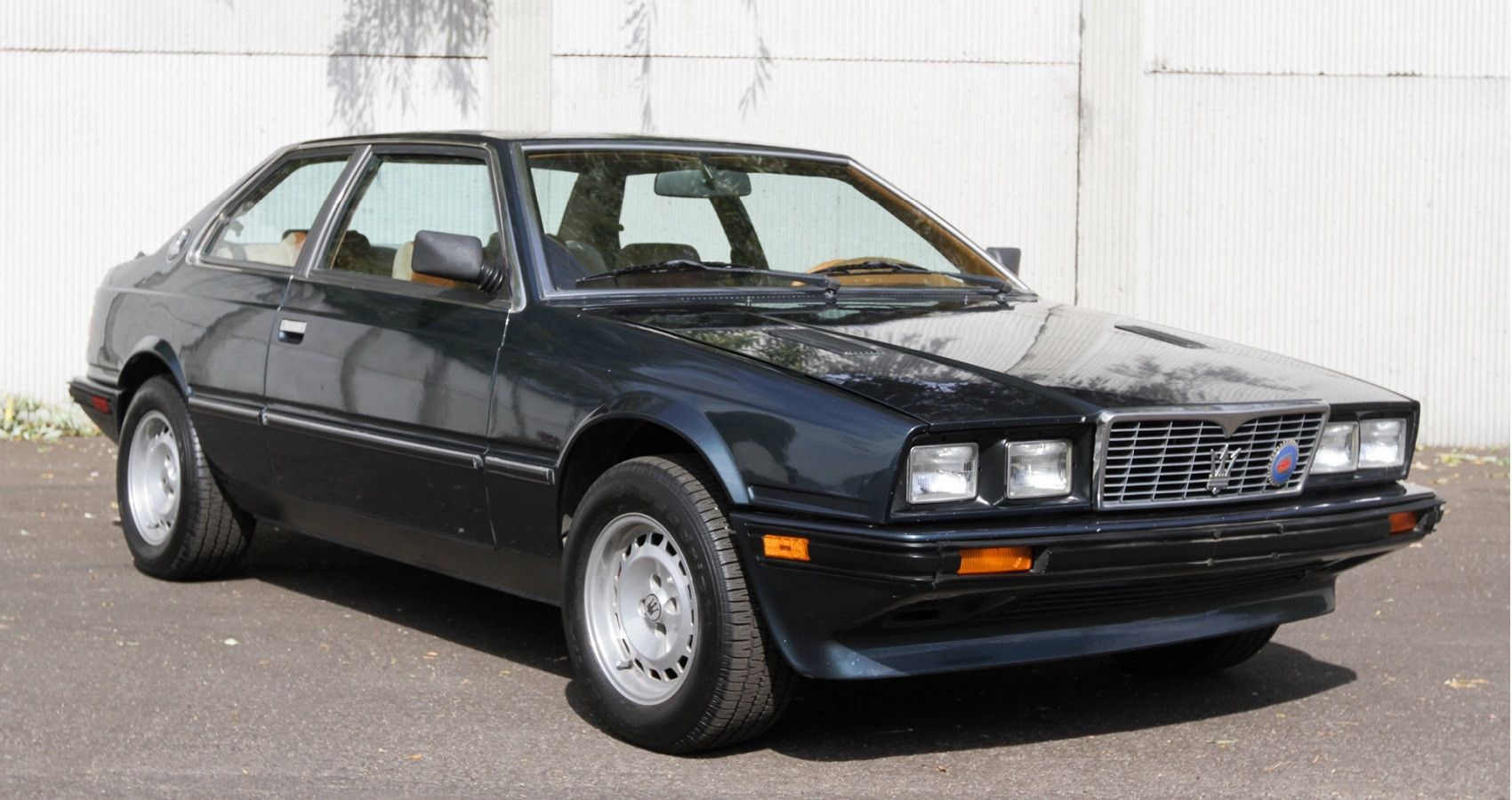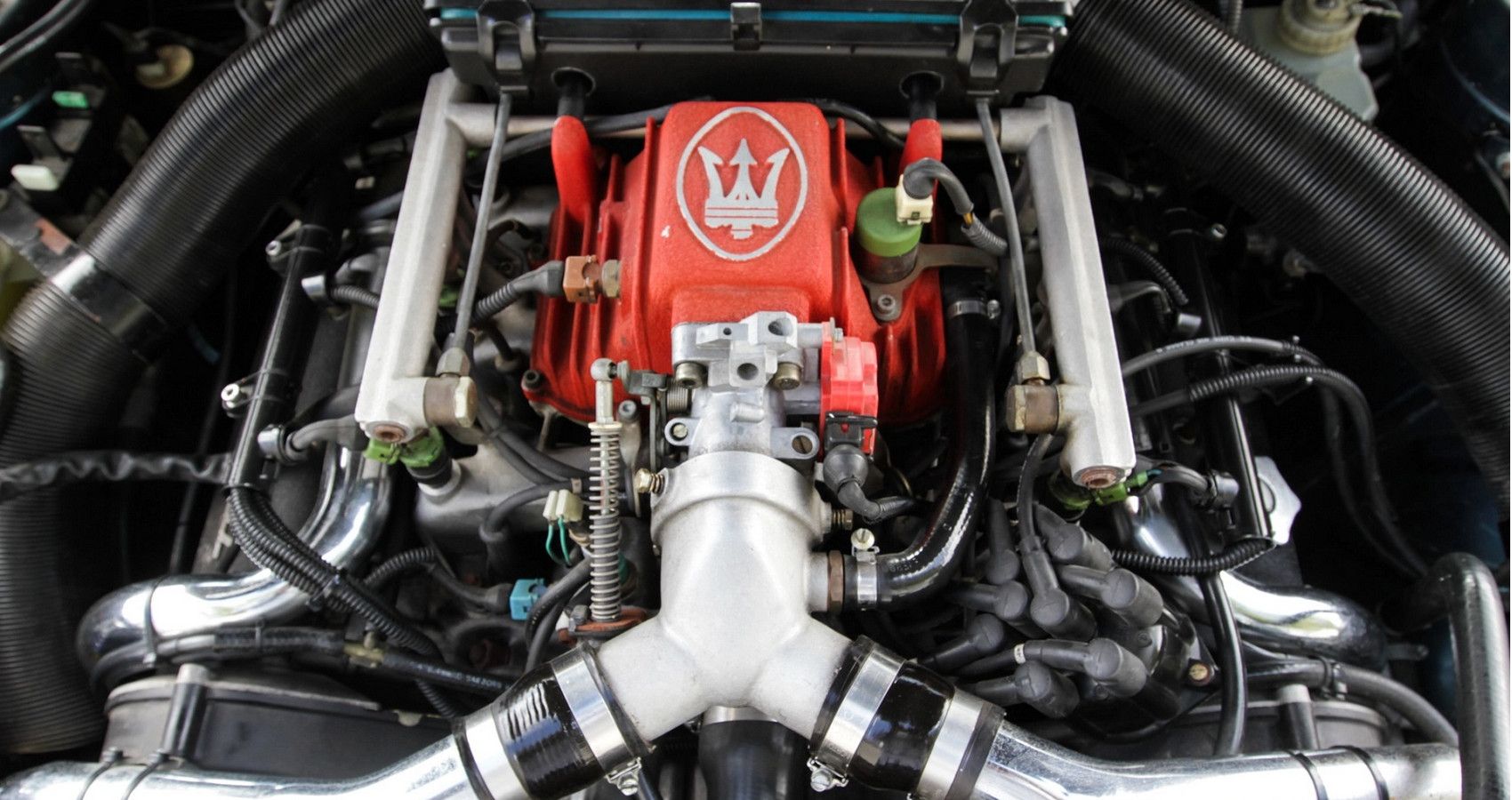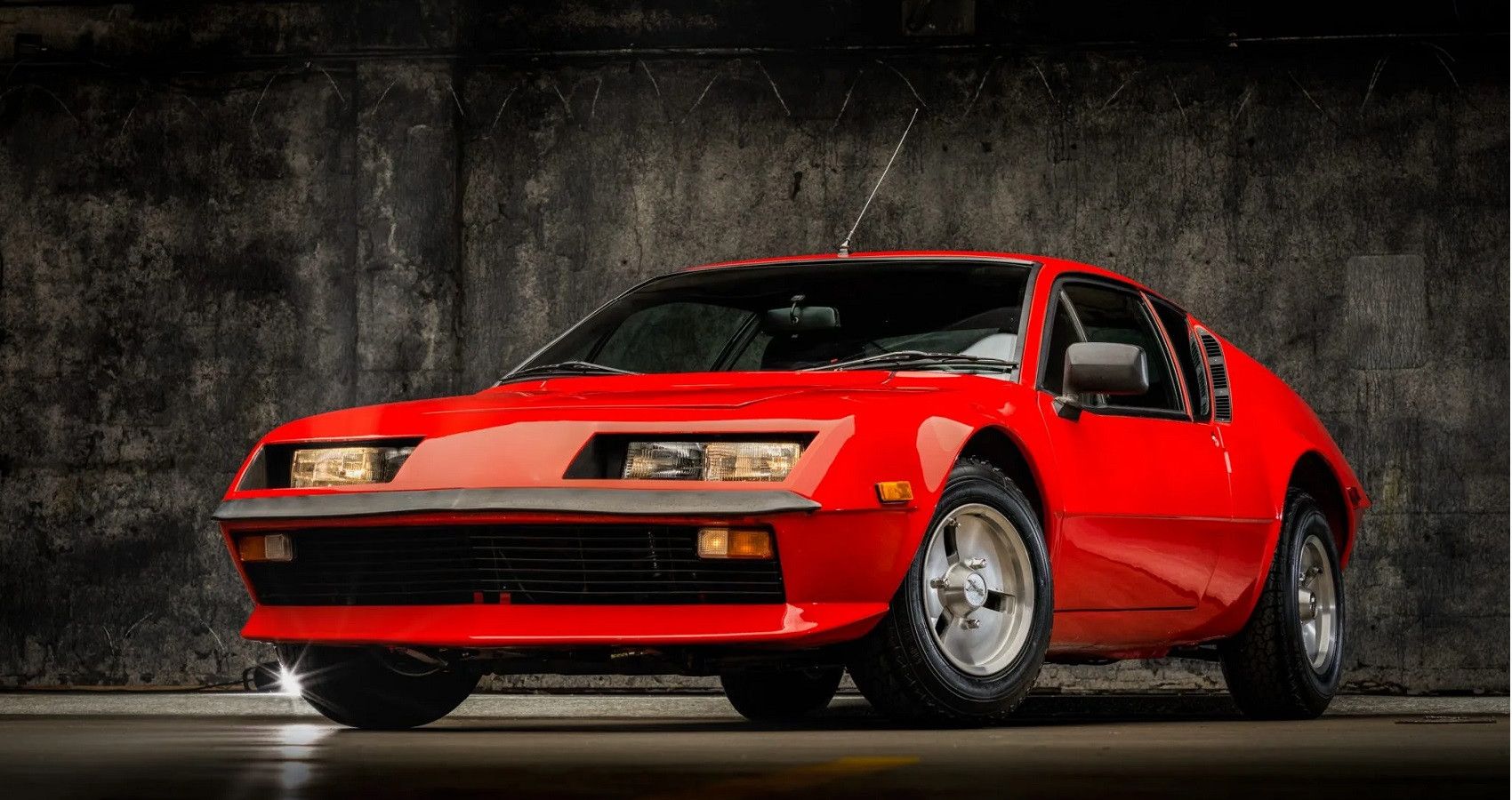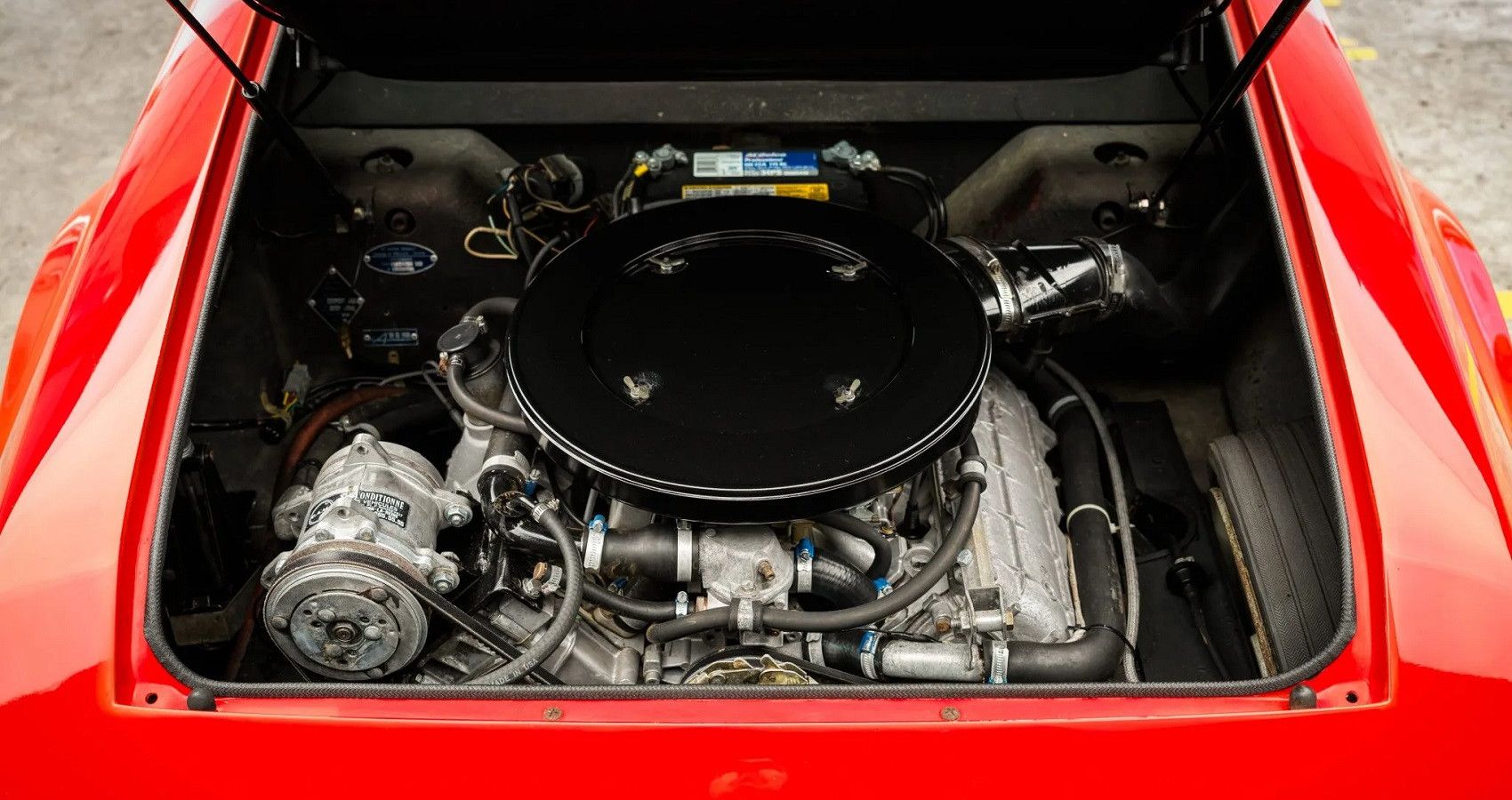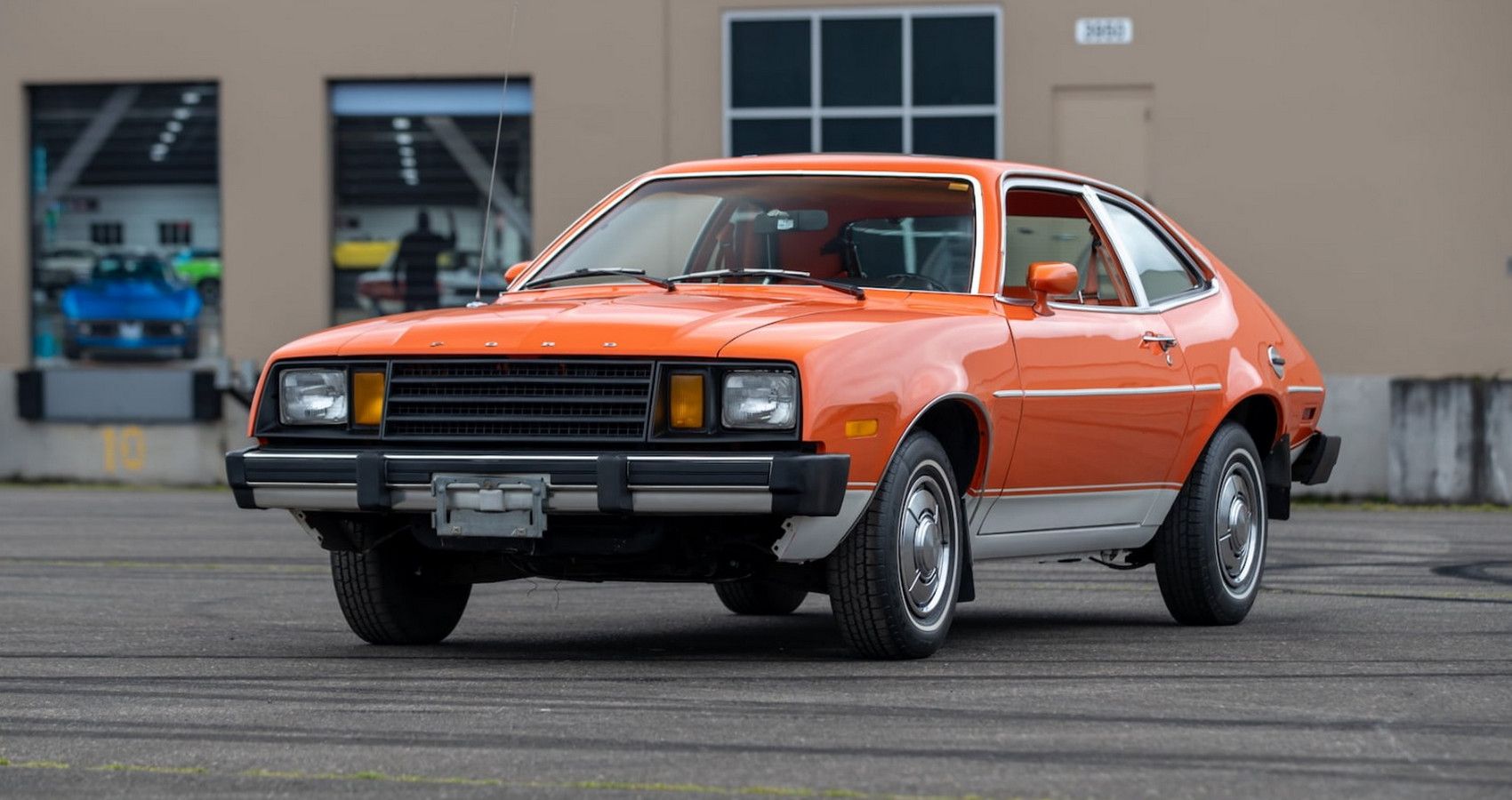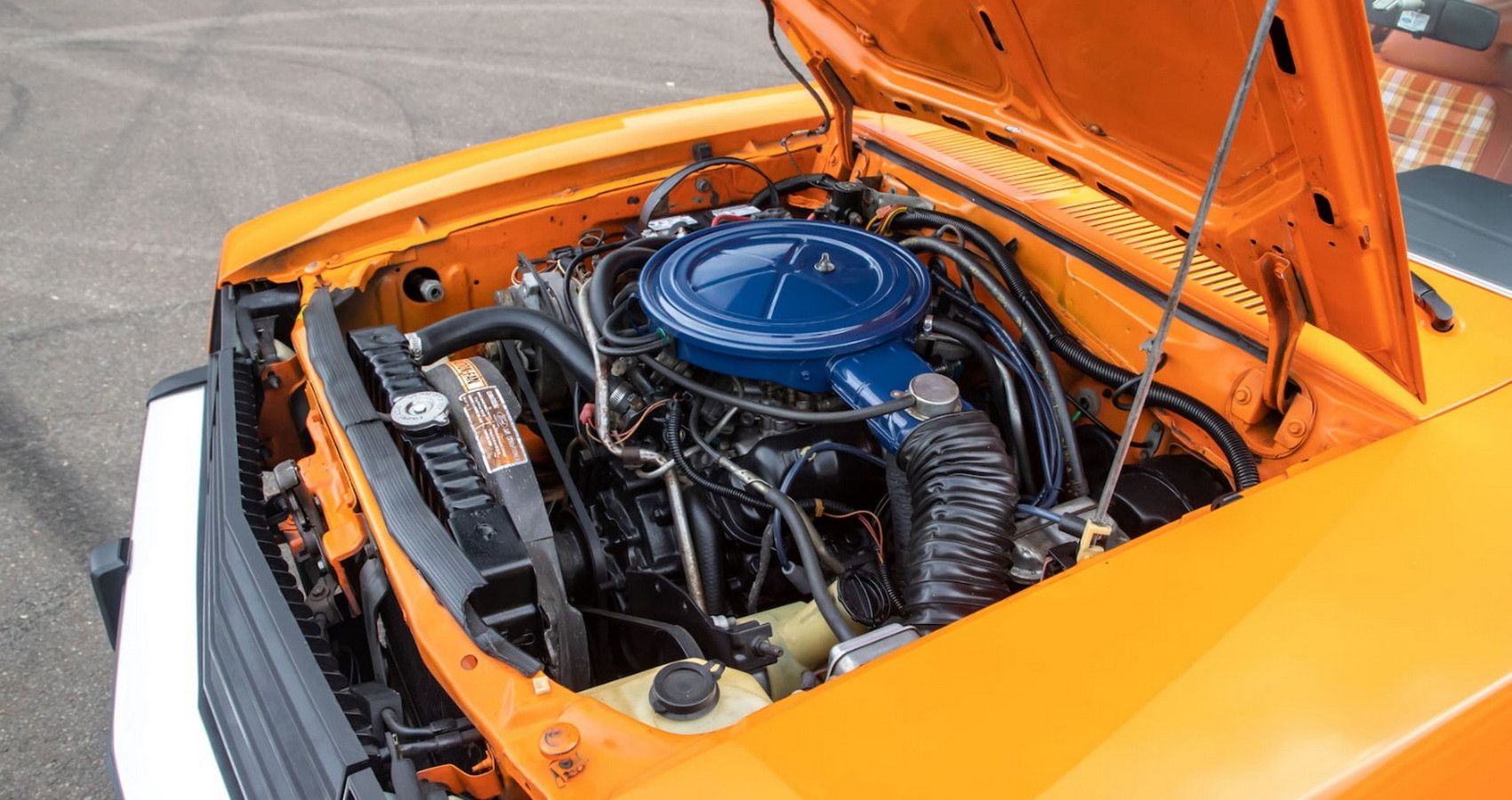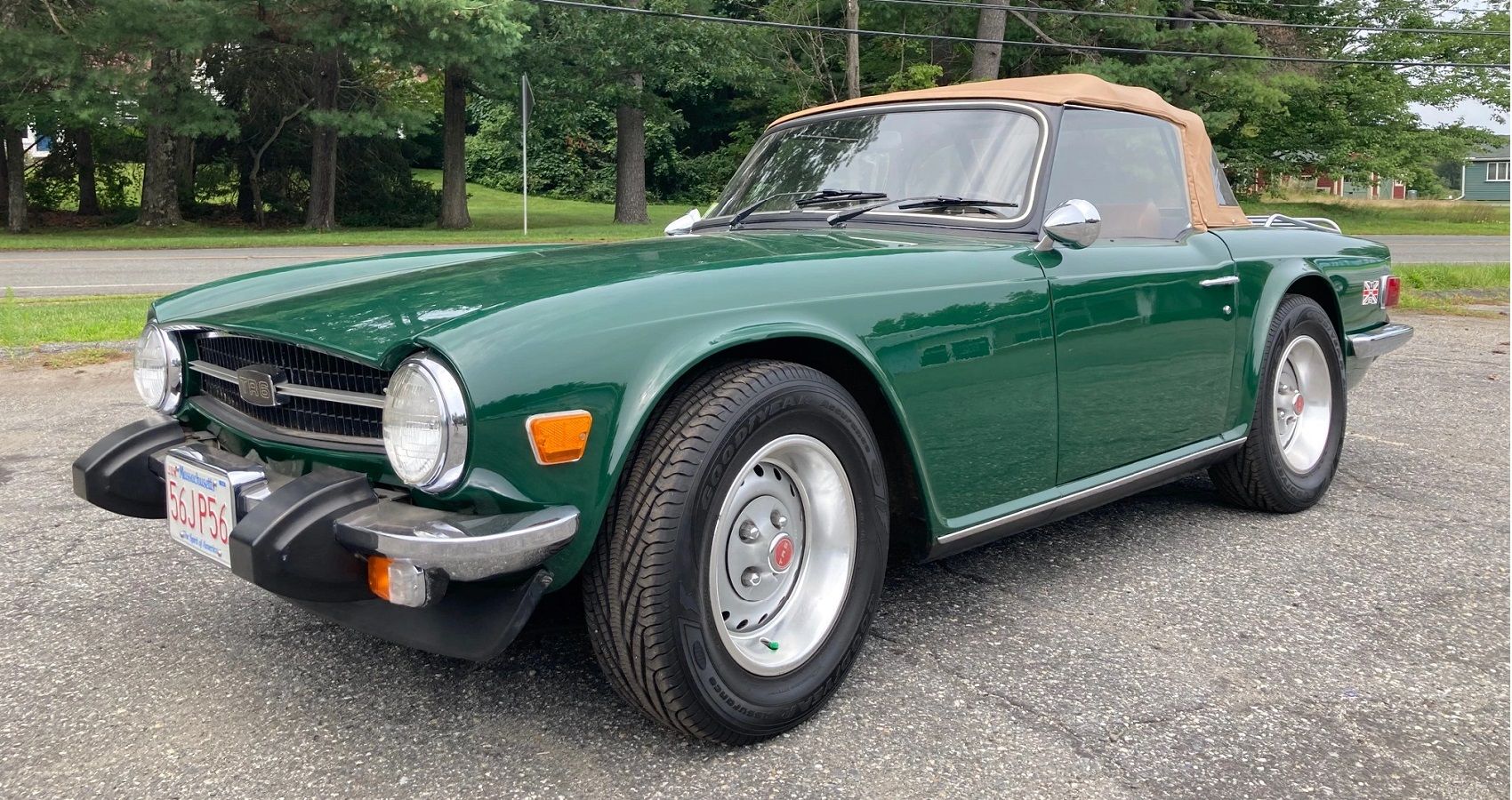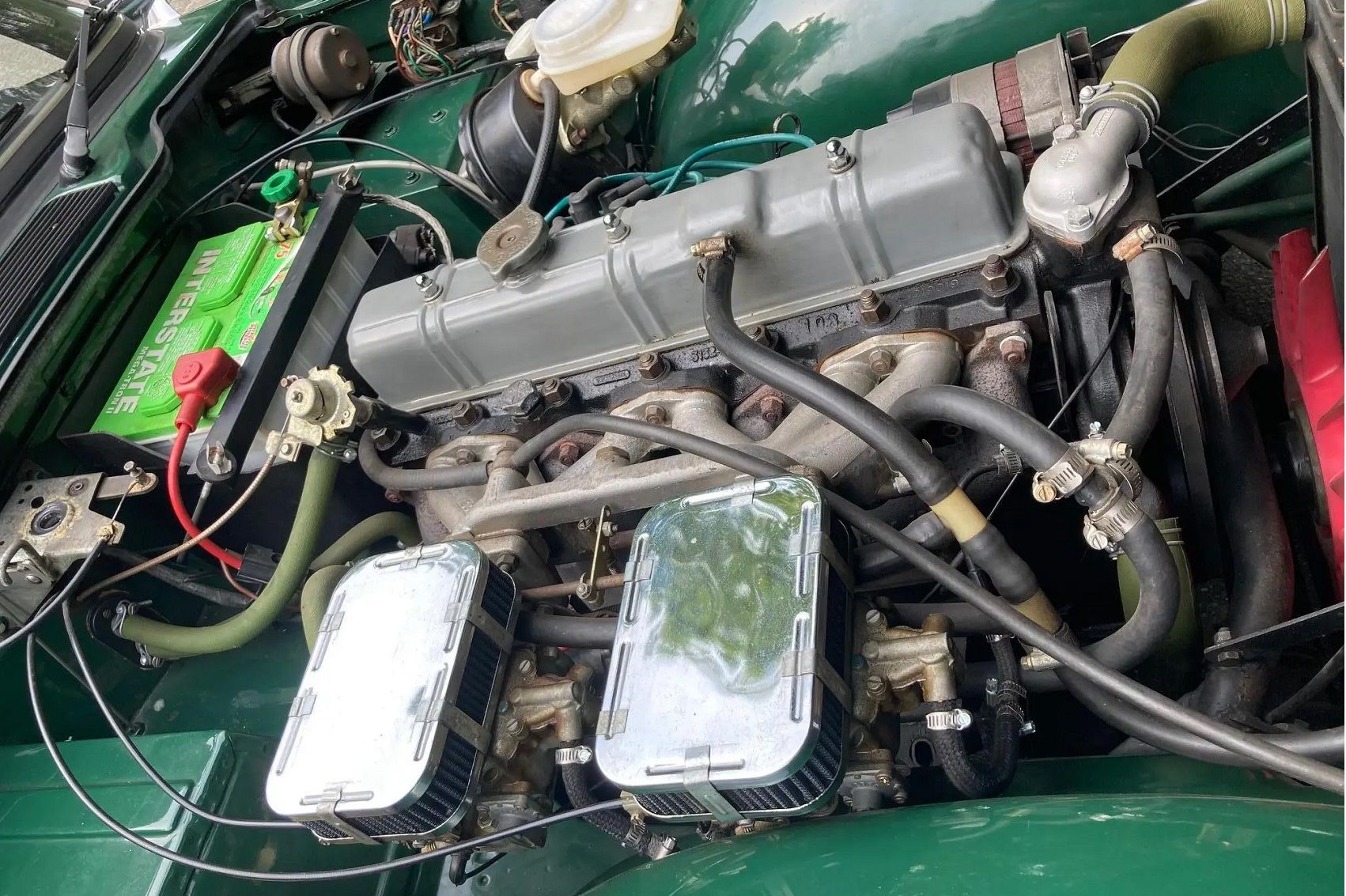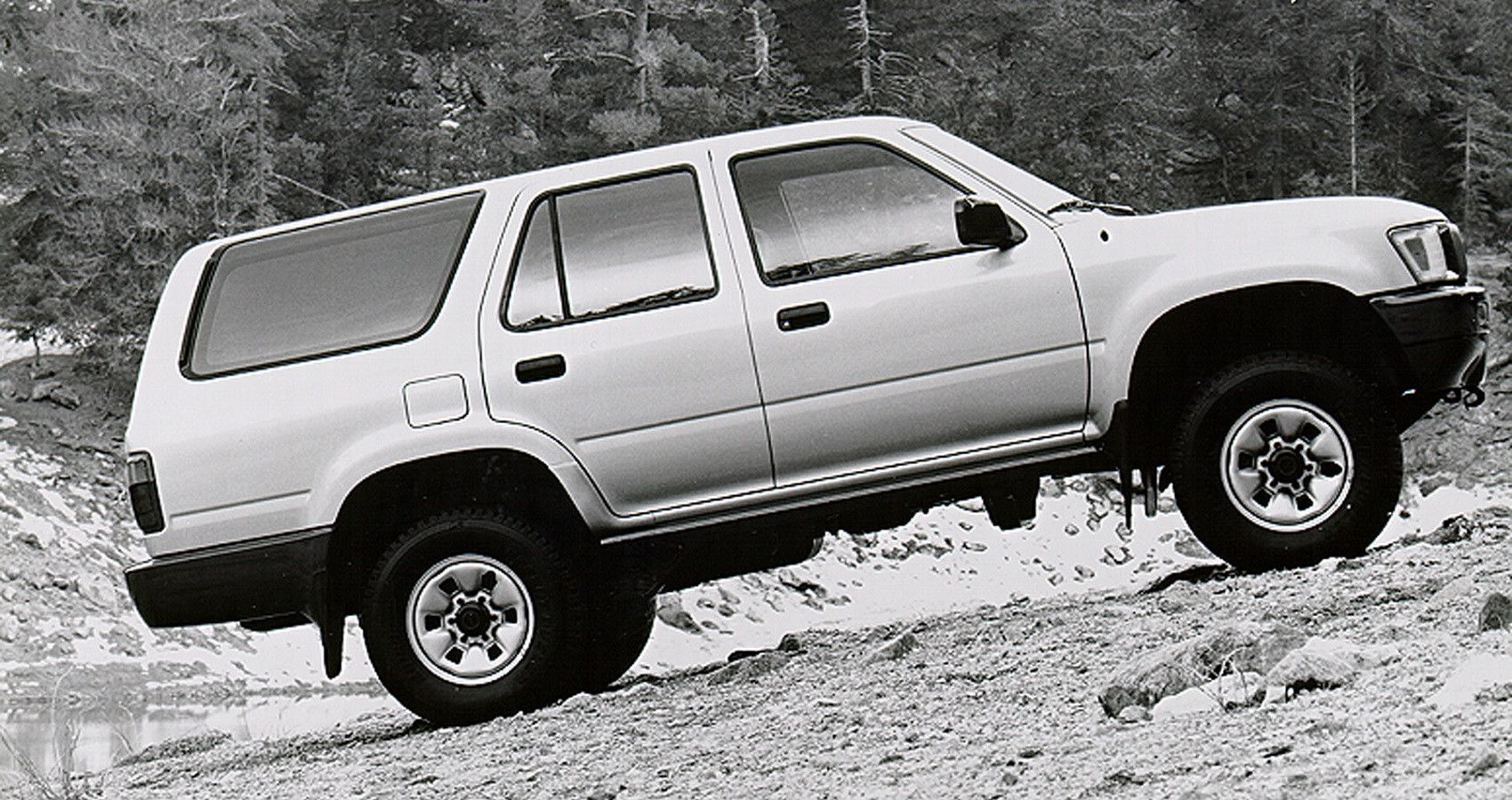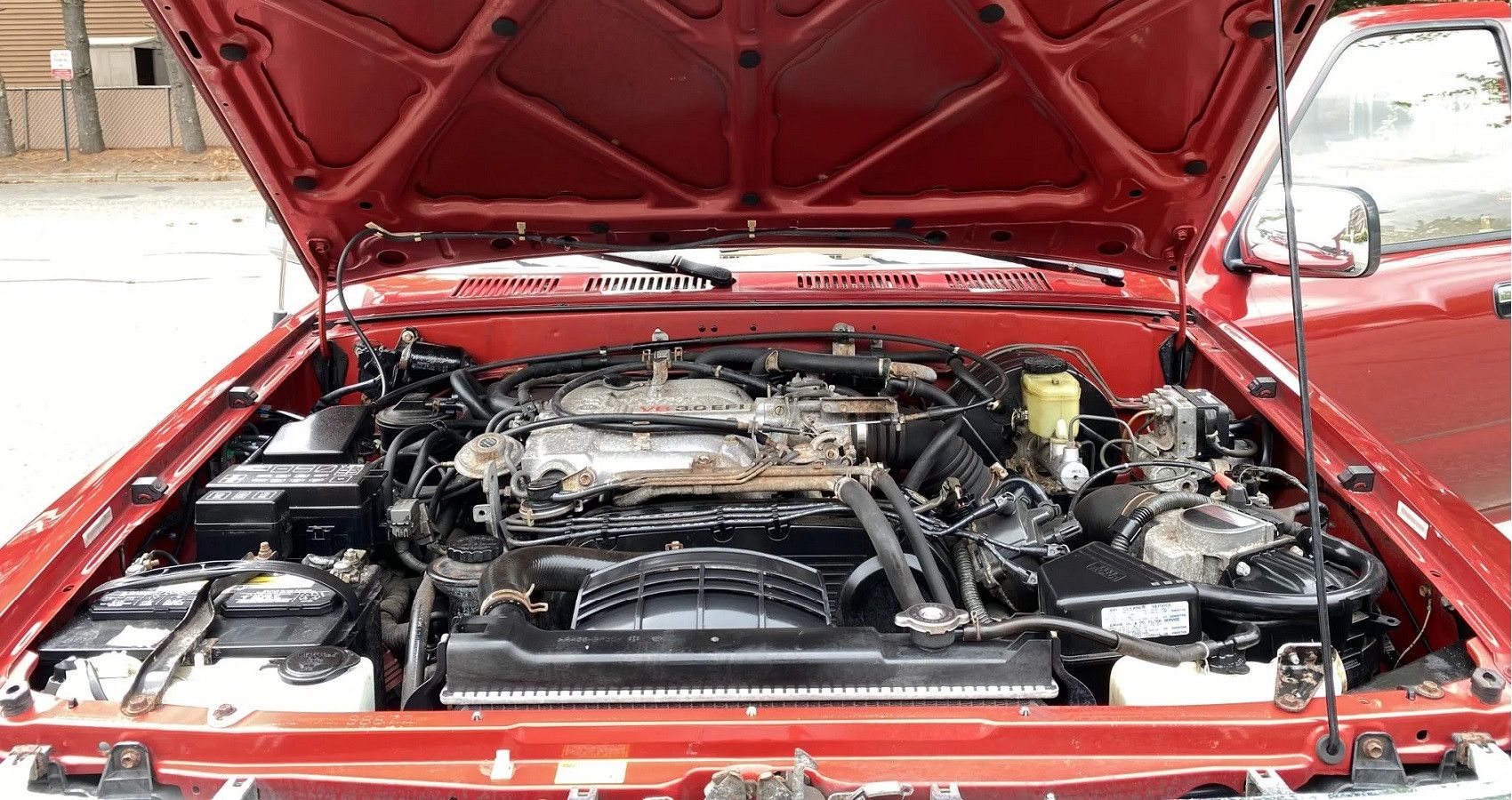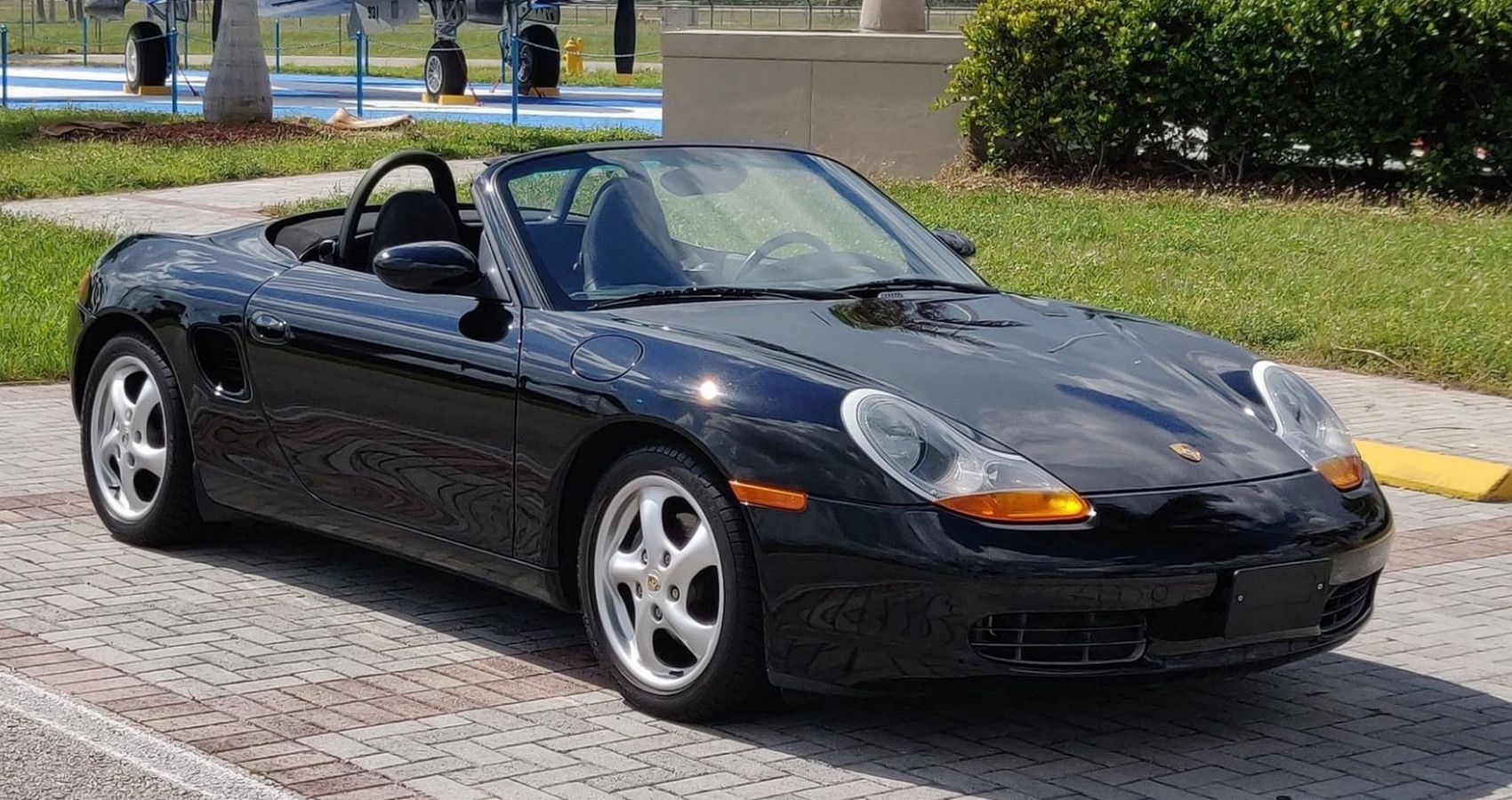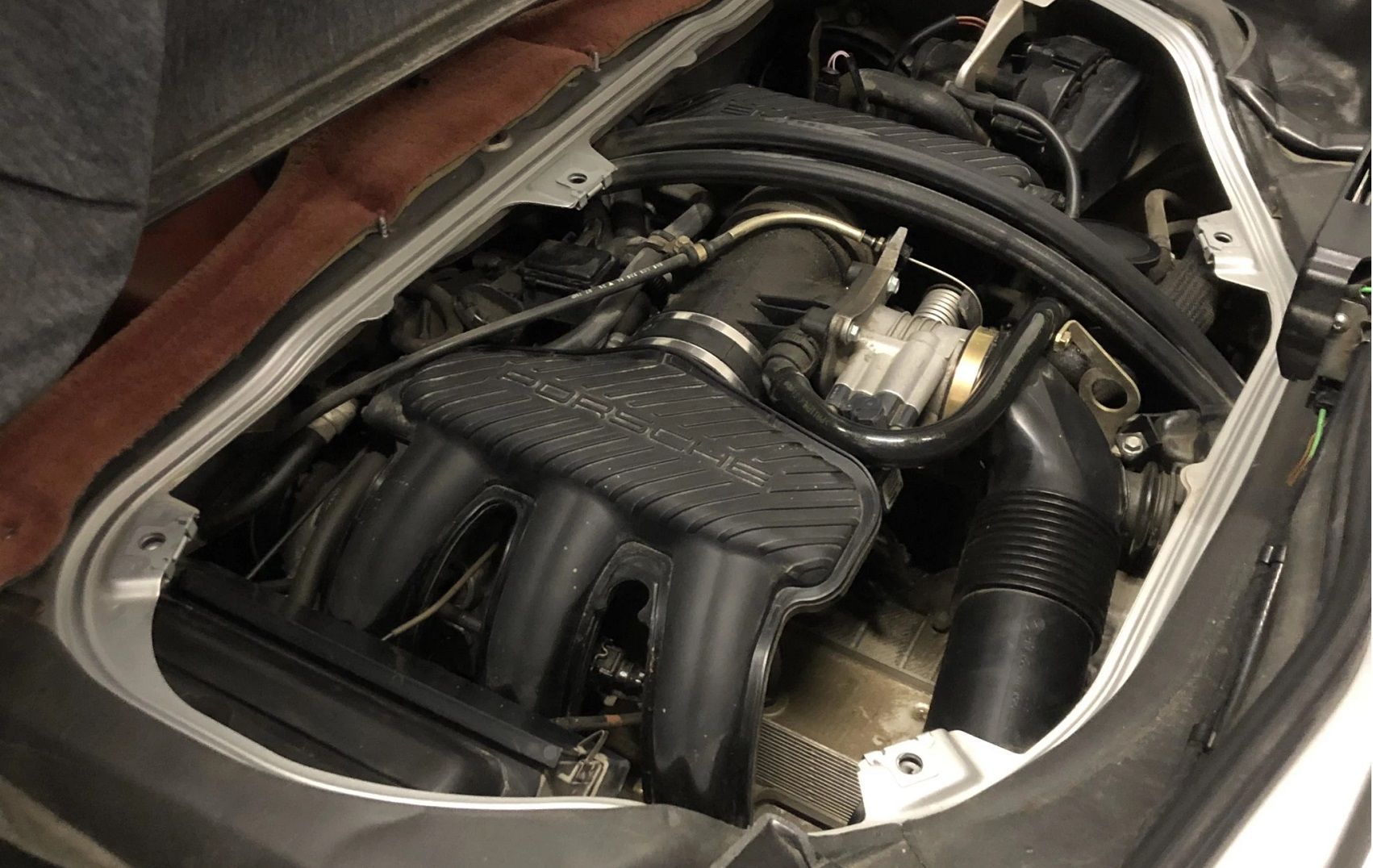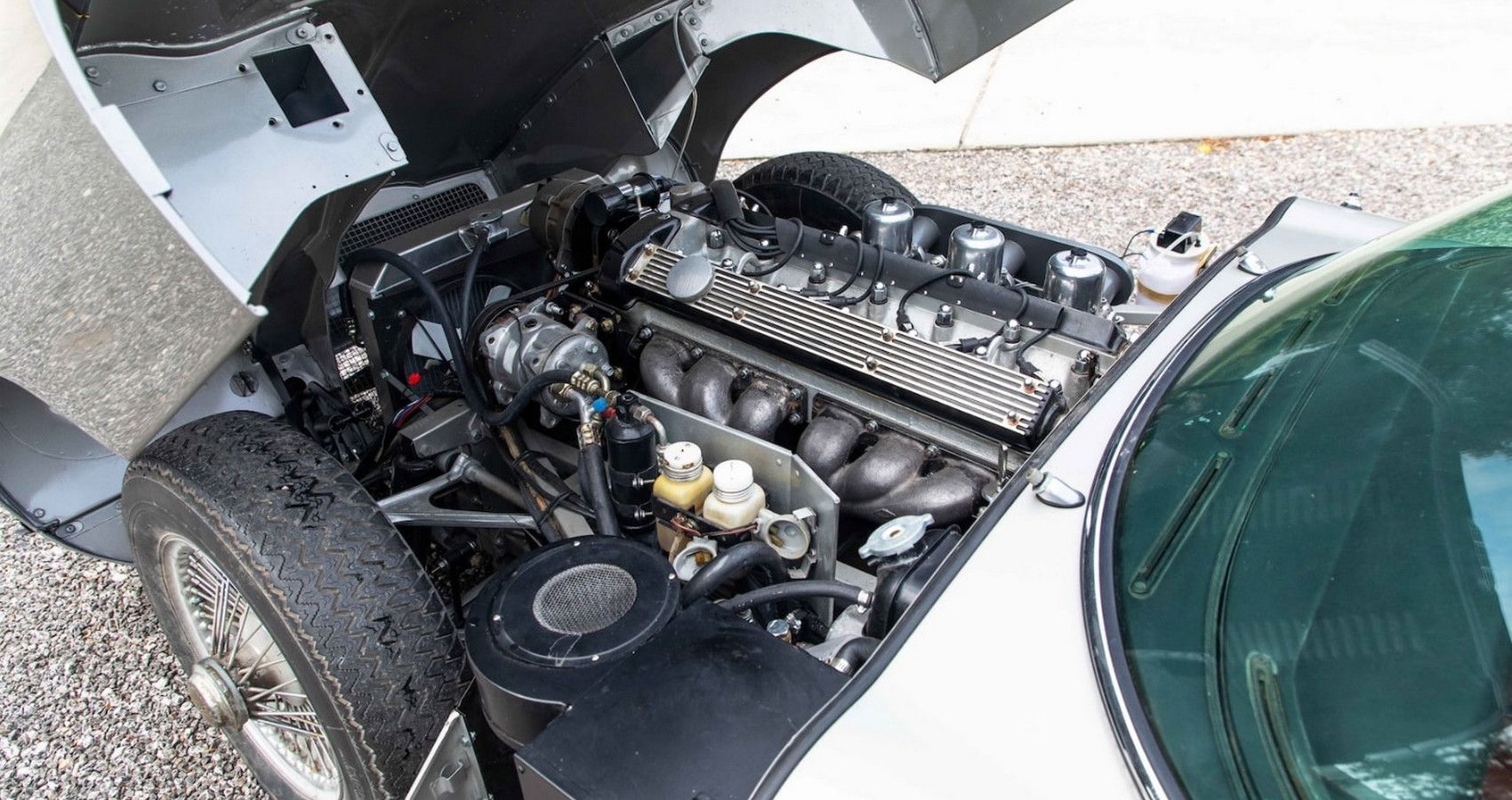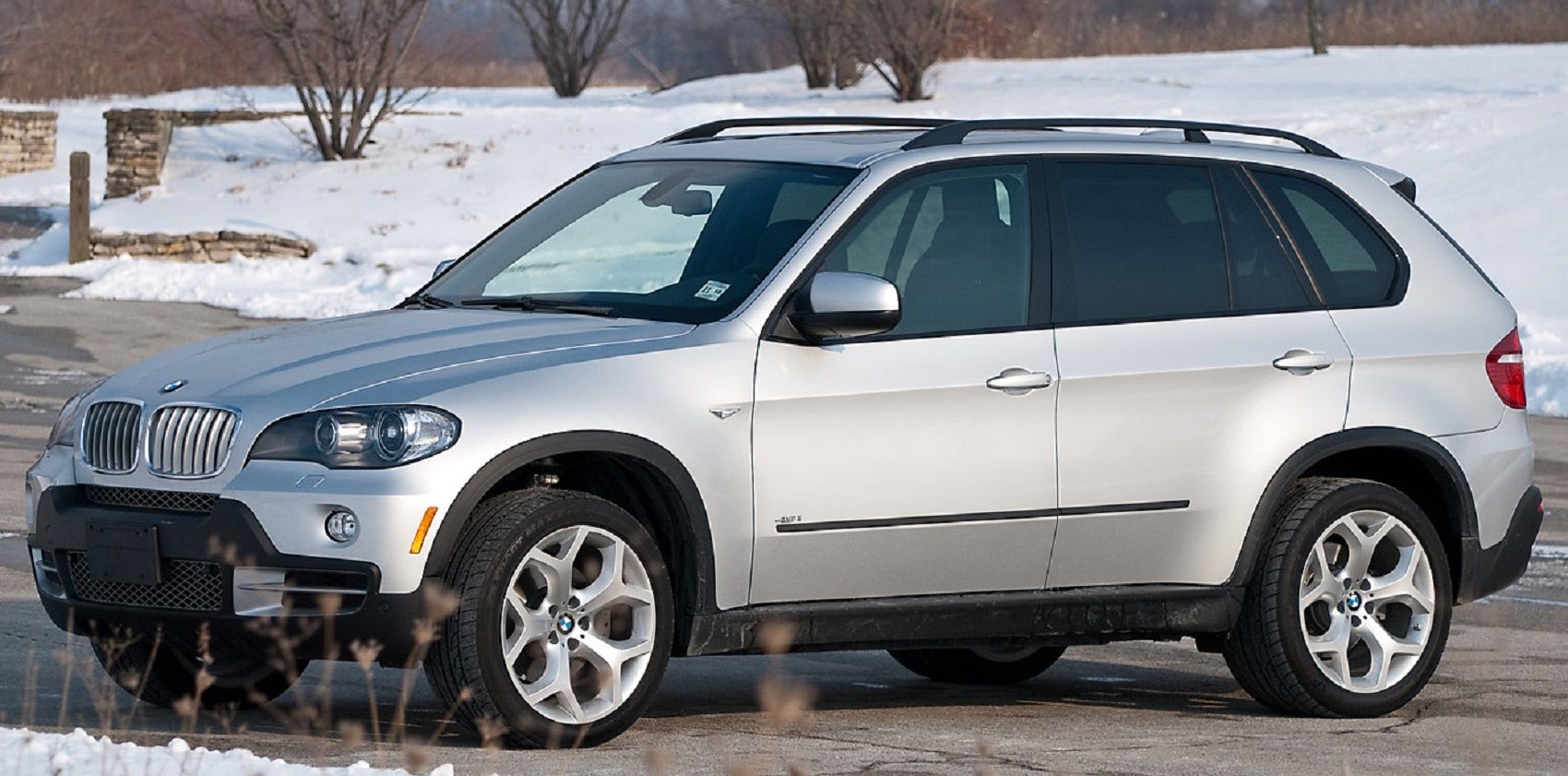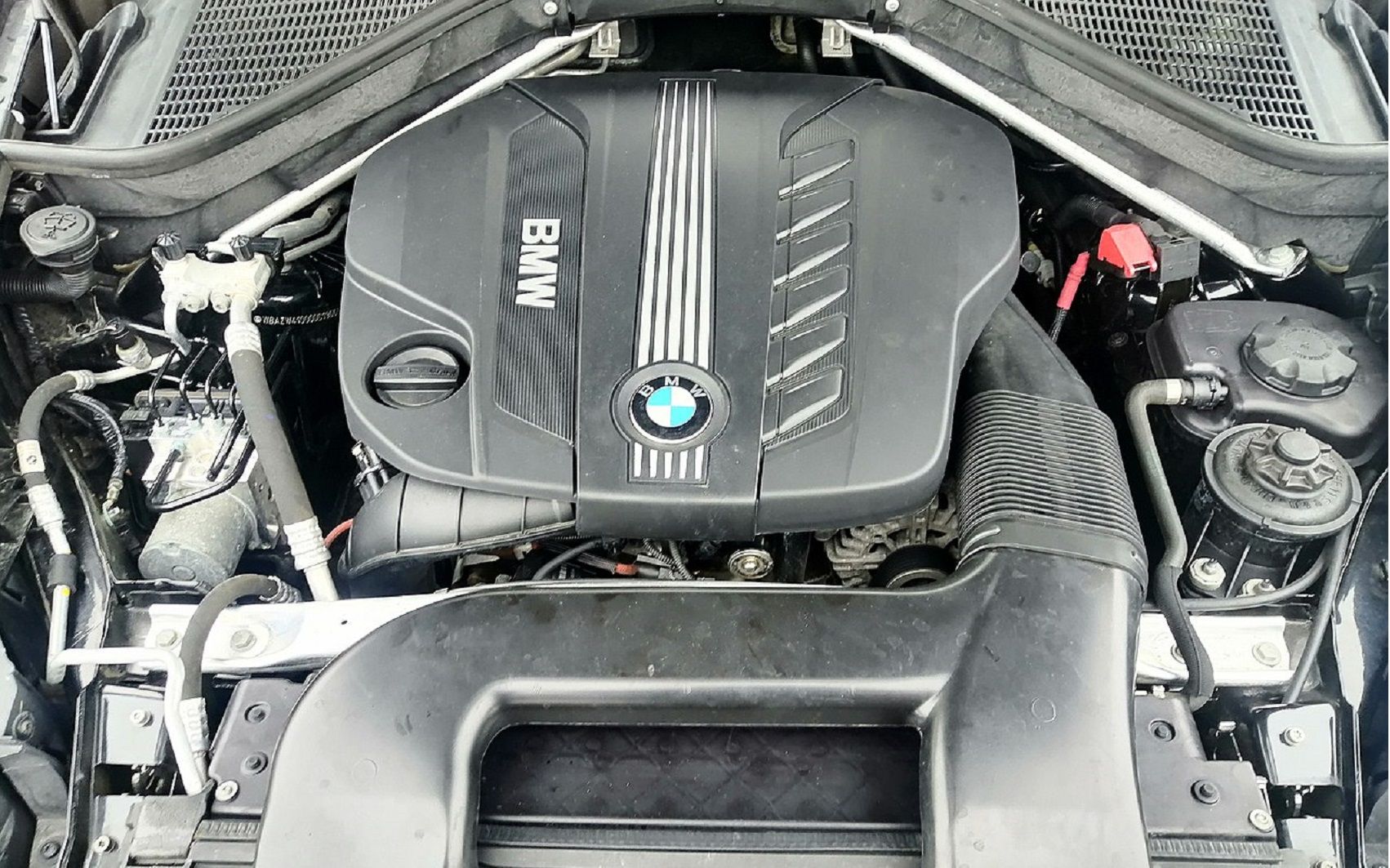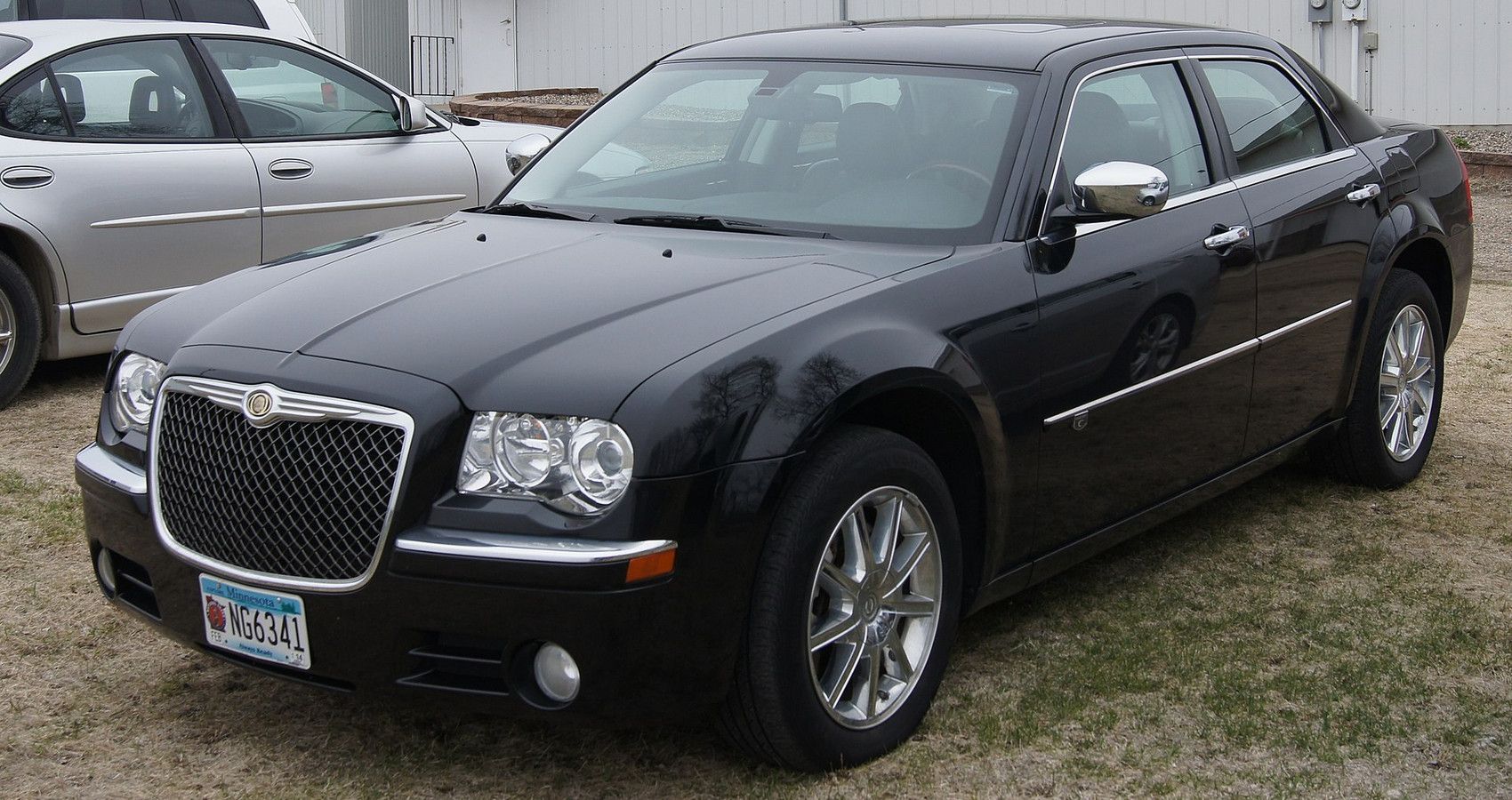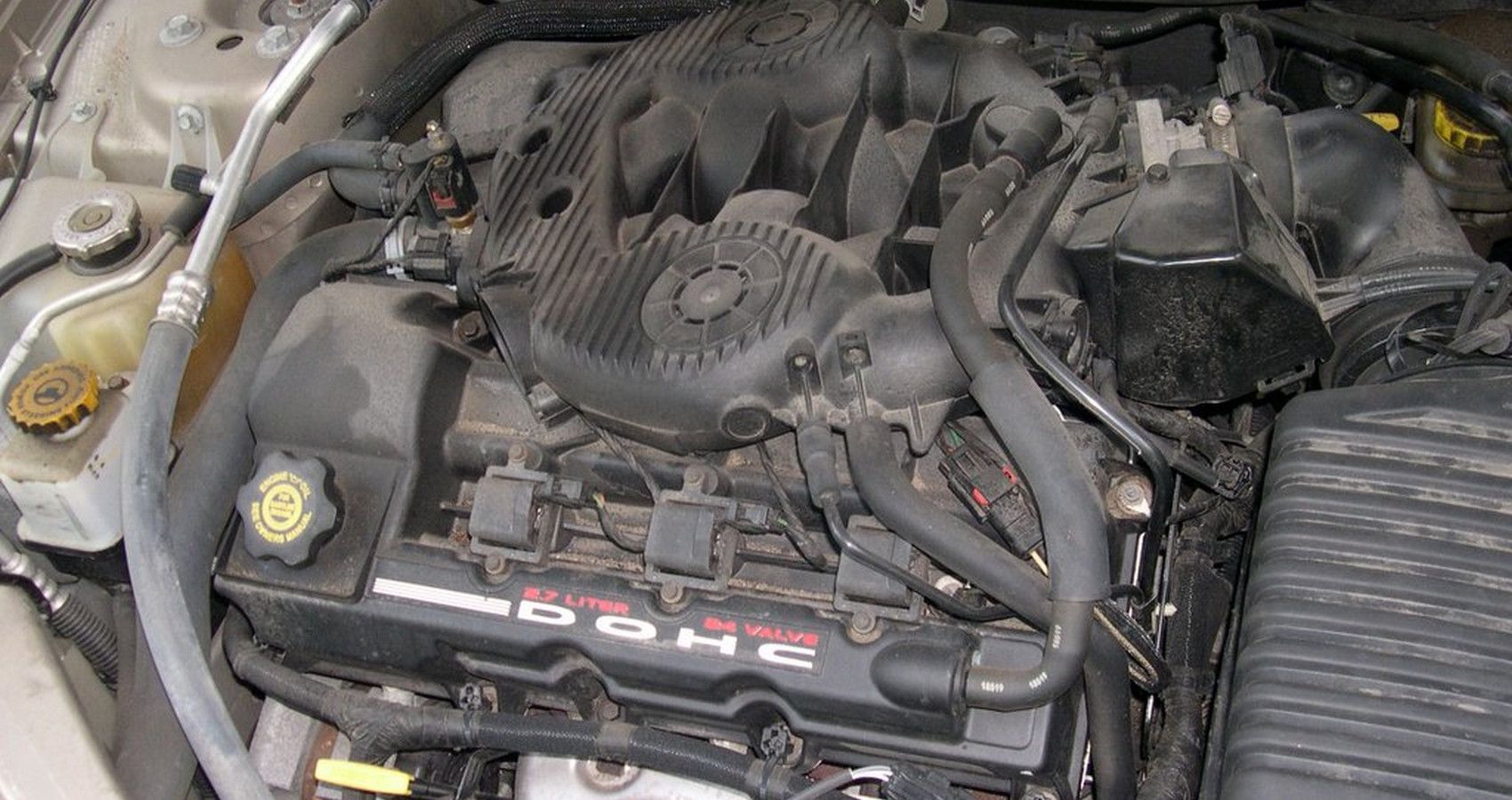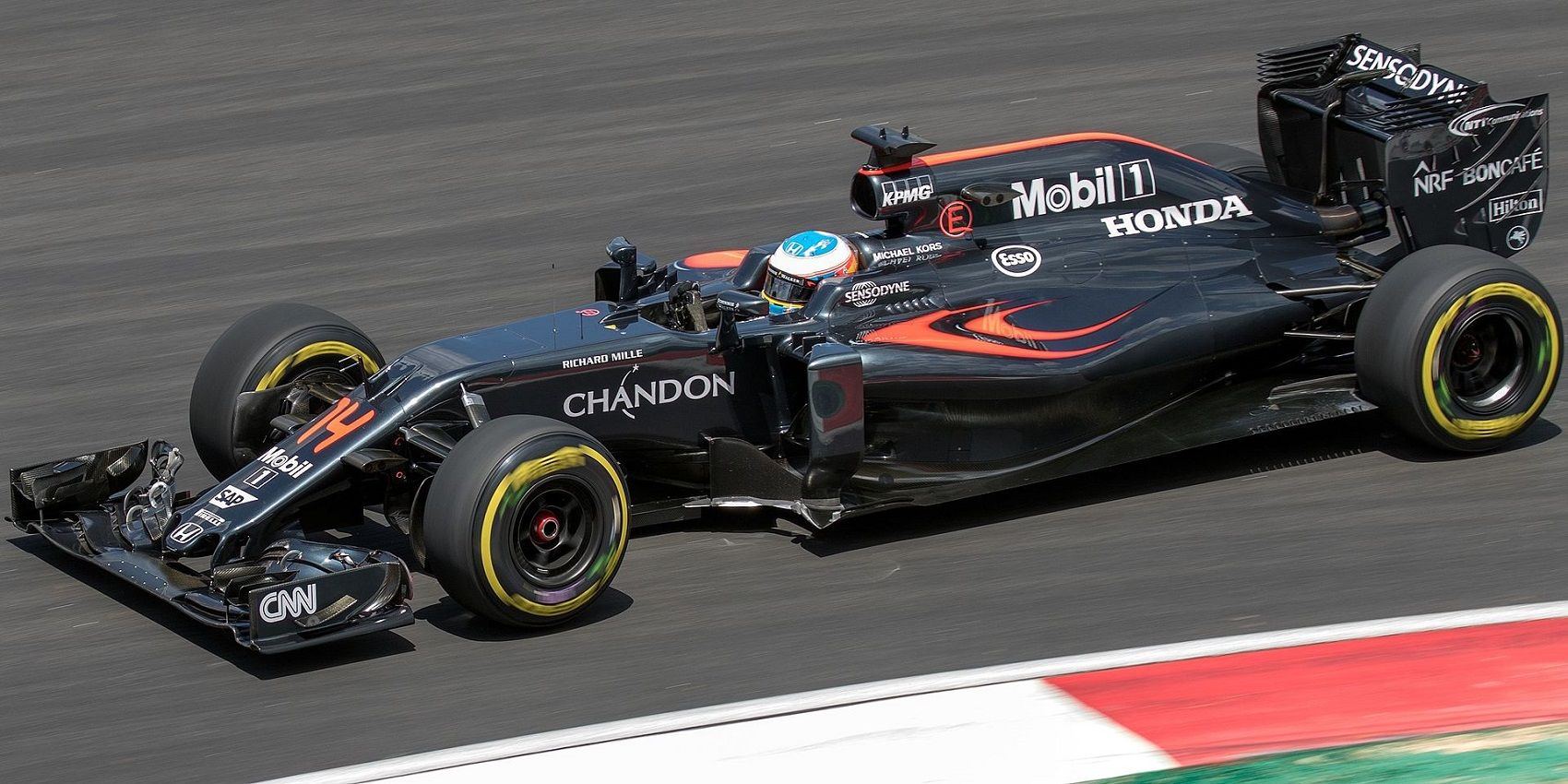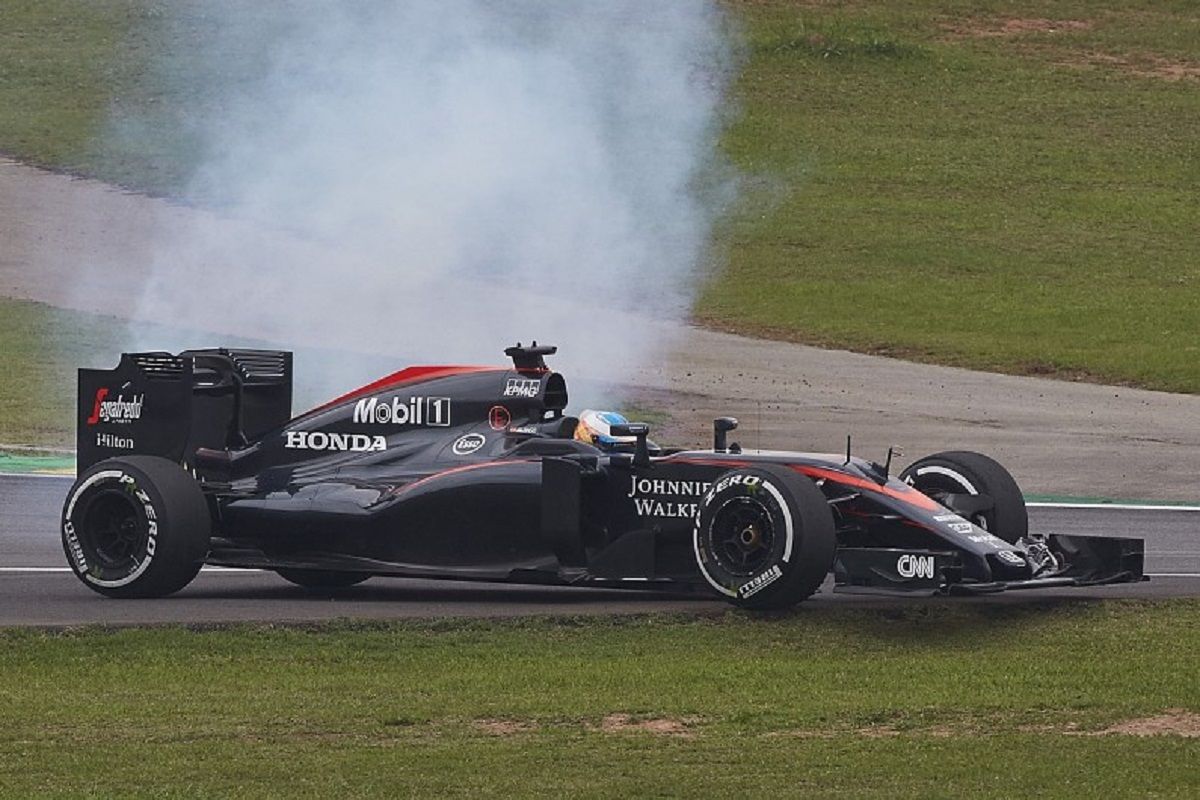Hundreds of millions of dollars go into developing new engines, backed by tens of thousands of rigorous testing hours to ensure reliability and performance. Not every engine makes a lasting impression as good as Toyota’s 2JZ, inevitably some fail miserably.
Six-cylinder engines are an ideal compromise between budget four-bangers and thirstier V8s, with the added bonus of sounding cool too, in recent times sixes have made a comeback worthy of a prizefighter seeking glory. Ferraris' new baby sports a compact six-pot twin turbo unit delivering the same headlong adrenalin rush, time will tell just how much abuse the 296 GTB can withstand. Worryingly high development costs usually mean engines are used in multiple car models, with mixed results, take the PRVR V6, dog slow in the DMC-12, fearsomely fast in the Venturi 400GT, and appallingly unreliable elsewhere. Sixes are great in the right car, but get it wrong, and you could be left waiting for a tow truck with one of these unreliable motors.
10 Maserati Biturbo (AM452-90 1981-94)
Out with the old, the Merak reaching its retirement, and in with the new, Maserati effectively broke (again) turning its back on two-seater wedges in favor of the boxy Biturbo range, that given dozens of re-brands and new model names remained a dud until 1994.
The biggest issues came from Maseratis groundbreaking V6 engine, the first of its kind to sport twin turbochargers and oddly three valves per cylinder. In the earliest cars, a 2-liter displacement dishing out 177 hp. However, skipping over the fitment of intercoolers frequently ended in clouds of smoke.
9 Alpine A310 (PRV V6 1976-84)
First produced in 1971, Alpine's quirky A310 featured four-cylinder engines, making the French sports car both heavier and slower than its predecessor. All that changed in 1976, a restyled nose and rear accompanied by PRV's 2.7-liter V6 rated at 150 hp, on a good day with everything working as it should resulting in a top speed of 137 mph.
Those good days are few and far between, the carburetor-fed all-alloy V6 lump mounted out back like the Porsche 911 suffered from a lack of cooling, overheating issues leading to warped blocks and heads.
8 Ford Pinto (Cologne V6 1975-79)
Ignoring Ford's earlier cost-cutting oversight that led to dozens of high-profile fiery endings, the Pinto did at least come good in later model years, totaling 3 million plus sales by its demise in 1980. Designed for the masses, smaller and cheaper to run, the Pinto was never an exciting ride.
Gearheads with a burning desire for more needed the larger 2.8-liter V6 option, Ford's revised Cologne motor was a simple cast iron block with its roots dating back to 1965. Heavy construction and a low 102 hp should yield decent durability, if not for the Teflon tensioners known for stretching and eventually breaking.
7 Triumph TR6 (Triumph I6 1968-76)
Don your finest tweed cap and stow a picnic hamper to get the best out of Triumph's TR6, although immensely popular among gearheads and classic car fans, the much-loved British rag top has a few niggles. For obvious reasons the cap keeps one's hair neat when you get the roof down, the hamper though is more to do with an engineering oversight.
Powered by Triumph's supremely reliable 2.5-liter straight six sending 150 hp to the rear axle, enough to worry E-type owners through twistier road sections. In Europe, Lucas mechanical fuel injection is where it all starts to go wrong, fuel vaporization bringing the TR6 to a halt, at least until the pump had cooled down, the aforementioned hamper coming in handy while you wait.
6 Toyota 4Runner (3VZE 1990-95)
Forget notions of another 2JZ style affair, in the late 80s, needing a suitable V6 engine for the second generation 4Runner (Hillux also), Toyota made one of the worst engines of the 20th century. Despite modern strides in double overhead camshaft technology, the iron blocked 3VZE used a single cam, greatly impacting power output.
Disappointing power figures and woeful fuel economy were just the tip of the iceberg, plagued by numerous repeat instances of head gasket failure, or worse, complete engine failure, Toyota were forced to issue a recall on more than one occasion.
5 Porsche Boxster 986 (M96 1996-04)
Porsche ranks up there with the most reliable car brands on the market.The Boxster got off to a shaky start, purists wary of another "budget" Porsche offering initially shunned the mid-engine offering even with a flat-six engine.
However, Porsche faced another bigger problem, switching to water-cooled M96 engines presented a nightmare scenario unforeseen during the casting process that only emerged post-production. A high number of early production cars were found to have less than water tight blocks, allowing oil and water to mix, resulting in engine failure. In addition, on older cars, a new problem appeared; the dreaded IMS bearing failure.
4 Jaguar E-Type SII (7L 1961-68)
Undeniably a groundbreaking car, beautiful too, and seriously quick when launched, Jaguar's E-type wowed gearheads and industry bigwigs alike with a low-slung 2-seater that pound for pound out performed anything on the market. Jaguar's racing pedigree paying dividends with the race proven XK6 motor in the nose.
Not all E-Types were created equal, initial cars shipped with 3.8-liter straight sixes that, if you believed the hype, could crack 150 mph. The arrival of a 4.2-liter displacement XK6 7L block brought a revised head and improved cooling arrangement to the detriment of engine durability, oversized bolts and poor coolant choices leading to cracked blocks.
3 BMW X5 330D (N57D 2010-15)
The ultimate driving machine turned off-roader, BMWs X5 has been a common sight on our roads since the first generation rolled down the assembly lines back in 1999 with unrivaled reliability, the Range Rover might be the more capable 4x4, but it's the German that wins out in build.
Bigger and heavier, you might be tempted to plump for one of BMWs oil burners, just be sure to check the engine code before taking the plunge. Under the hood of second gen cars N57D series diesel engines have more than their fair share of reliability issues, blown turbos, and faulty injectors are just the beginning.
2 Chrysler 300 (LH 2005-10)
Chryslers much maligned LH series V6 is more slow burner, luring owners into a false sense of all is well, right up until the motor dies, leaving gearheads wondering what went wrong. First produced in 1998, Chrysler building on its previous SOHC 3.5-liter engine, downsizing for a variety of front drive applications.
In the otherwise dependable 300C, 2.7 liters producing a respectable 190 hp, with drive going to the rear wheels. The LH motor itself an all-alloy interference design complete with electronic throttle control and variable intakes. With time, faulty water pump seals lead to an excess of water/oil sludge, slowly killing the engine with each mile.
1 McLaren MP4-30/32 (RA6 2015-17)
McLaren-Honda's reuniting in 2015 combined with Fernando Alonso's return to the Woking-based team had motorsport fans salivating at the prospect of race and title glory before the season even kicked off. Those dreams would come crashing down almost as soon as the MP4-30 had turned a wheel in anger.
In 2015 alone, the McLaren-Honda partnership netted just 27 points, failing to finish on 14 occasions. Honda'sRA61H hybrid motor wasn't on the pace, combined with shocking reliability that by the end of 2017 added another 25 DNS/DNFs.

